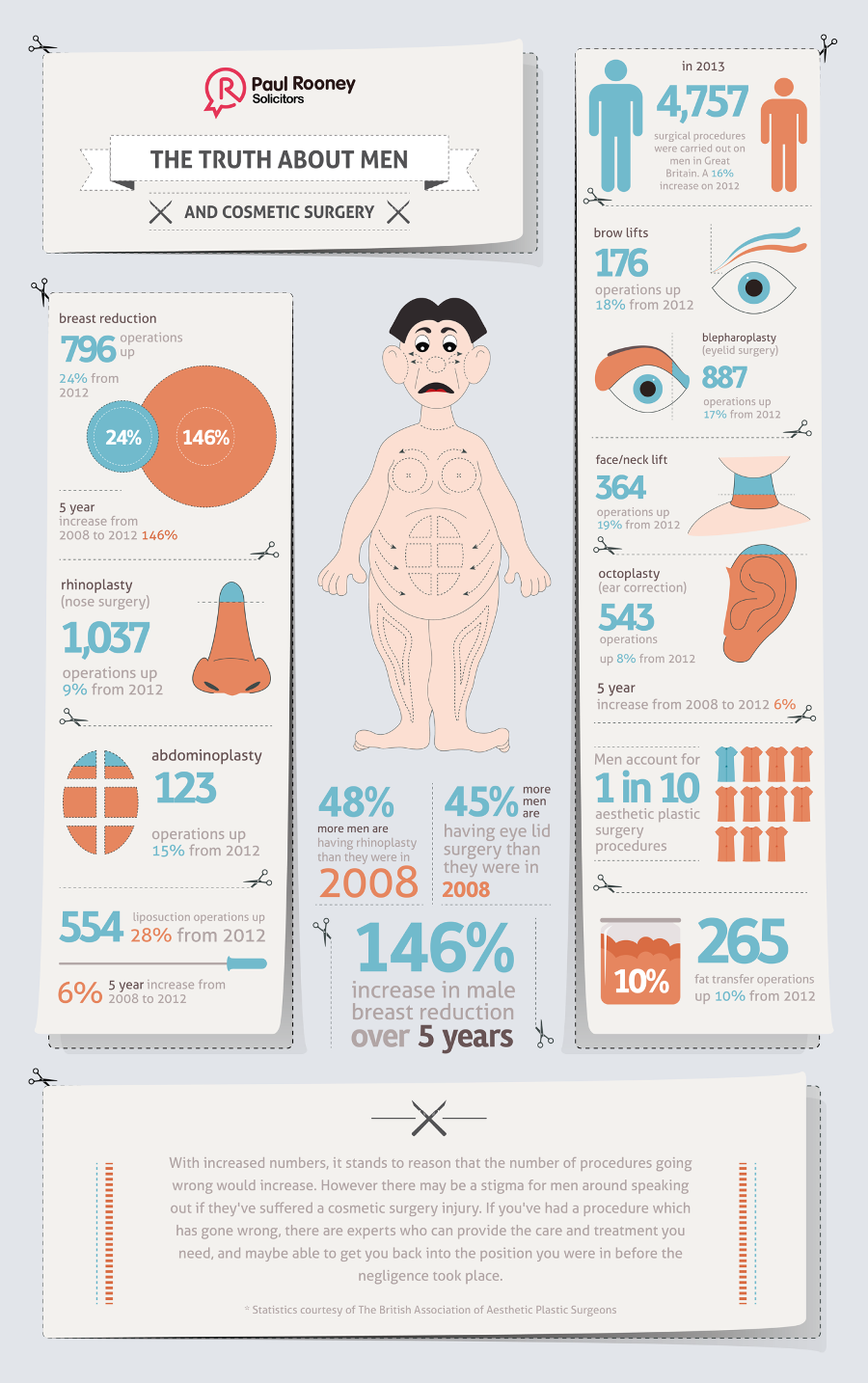How To Treat Back Acne Bacne
How To Treat Back Acne Bacne
Blog Article
Hormonal Acne - What is Hormonal Acne?
Hormonal acne is identified by clogged up pores and oily skin that commonly shows up on the chin and jawline. It happens when hormonal changes cause swelling and bacterial overgrowth within hair follicles.
Outbreaks may appear as whiteheads, blackheads, papules or pustules and cysts or nodules in much more serious instances. It is extra usual in teenagers experiencing puberty but can affect adults of any type of age.
What Triggers Hormone Acne?
While acne can be triggered by a range of aspects, consisting of making use of hair and skin treatment items that aren't oil-free or made with ingredients that could clog pores, genetic predisposition, diet,2 and tension, the source is varying hormones. Hormonal acne happens when the body experiences hormonal modifications and changes that cause an overproduction of sebum, which triggers swelling, boosted development of germs and modifications in skin cell activity.
Hormonal acne is typically discovered on the lower jawline, cheeks and neck but can appear anywhere on the body. It is characterized by blemishes that are cystic, unpleasant and filled with pus or other material. It is additionally more probable to happen in ladies than guys, particularly during puberty, the menstrual cycle, maternity or menopause.
Age
While several children experience acne eventually throughout adolescence, it can continue to plague grownups well right into the adult years. Called hormone acne, this form of breakout is linked to variations in hormonal agents and is normally most typical in ladies.
Hormonal acne occurs when oil glands produce way too much sebum, which obstructs pores and catches dead skin cells. This results in the formation of blemishes, such as whiteheads, blackheads and papules, pustules, cysts or blemishes, deep under the surface area.
This sort of acne frequently causes discomfort, soreness and swelling. It may also be cyclical and show up around the exact same time monthly, such as right before your duration begins. This is since levels of women hormonal agents like progesterone and oestrogen vary with each menstrual cycle.
Menstruation
Hormone acne usually appears in the lower part of your face, along the jawline and cheeks, as whiteheads, blackheads or inflammatory acnes (pimples and cysts). It's most likely to show up around the moment when your menstrual cycle changes.
Particularly around ovulation, when estrogen and progesterone levels get on the surge, hormone fluctuations can create outbreaks. But it's additionally feasible to get acne at any factor during your 28-day menstrual cycle.
If you see that your hormonal acne flares up right prior to your period, try seeing when precisely this happens and see if it connects to the phases of your 28-day menstrual cycle. This will certainly aid you identify the root causes of your skin problems. For instance, you may intend to deal with balancing your blood sugar level and cutting out high-sugar foods, or take into consideration a prescription medicine like spironolactone that can regulate your hormonal agents.
Pregnancy
Growing a child is a time of dramatic hormone modifications. For several ladies, this includes a flare-up of hormone acne. This kind of outbreak usually begins in the initial trimester, around week six. It's brought on by hormone rises that promote sweat glands to make more oil, which can obstruct pores and trigger more microorganisms to build up.
Outbreaks may likewise occur as a result of pre-existing problems like polycystic ovary syndrome, which can additionally be an issue while pregnant and menopause. Likewise, some sorts of birth control pills (such as Ortho Tri-Cyclen and YAZ) can trigger hormonal acne in some females.
Fortunately, the majority of acne treatments are "no-go" for expectant women (consisting of popular acne-fighting active ingredients such as isotretinoin and spironolactone). But if you can not avoid those aggravating bumps, your physician might prescribe dental erythromycin or cephalexin, which are safe while pregnant.
Menopause
As women come close to menopause, the estrogen degrees that triggered their hormonal agent acne to flare up throughout puberty begin to maintain and decrease. At the same time, nonetheless, a spike in androgens (also referred to here as male hormones) happens due to the fact that these hormones can not be converted into estrogen as successfully as before.
The extra of androgens can cause oil production by the sweat glands, which clogs pores. When the blocked pores come to be inflamed and inflamed, an acne forms.
Hormone acne is typically seen on the face, especially around the chin and jawline, yet it can occur on the neck, back, shoulders, or breast. This sort of acne tends to flare up in an intermittent pattern, similar to the menstrual cycle. Stress and anxiety, which increases cortisol and throws hormonal agents out of balance, also adds to the outbreaks.